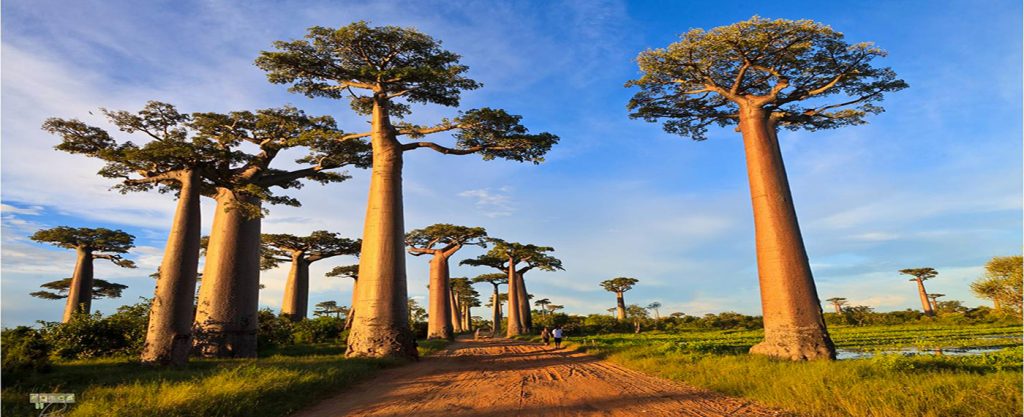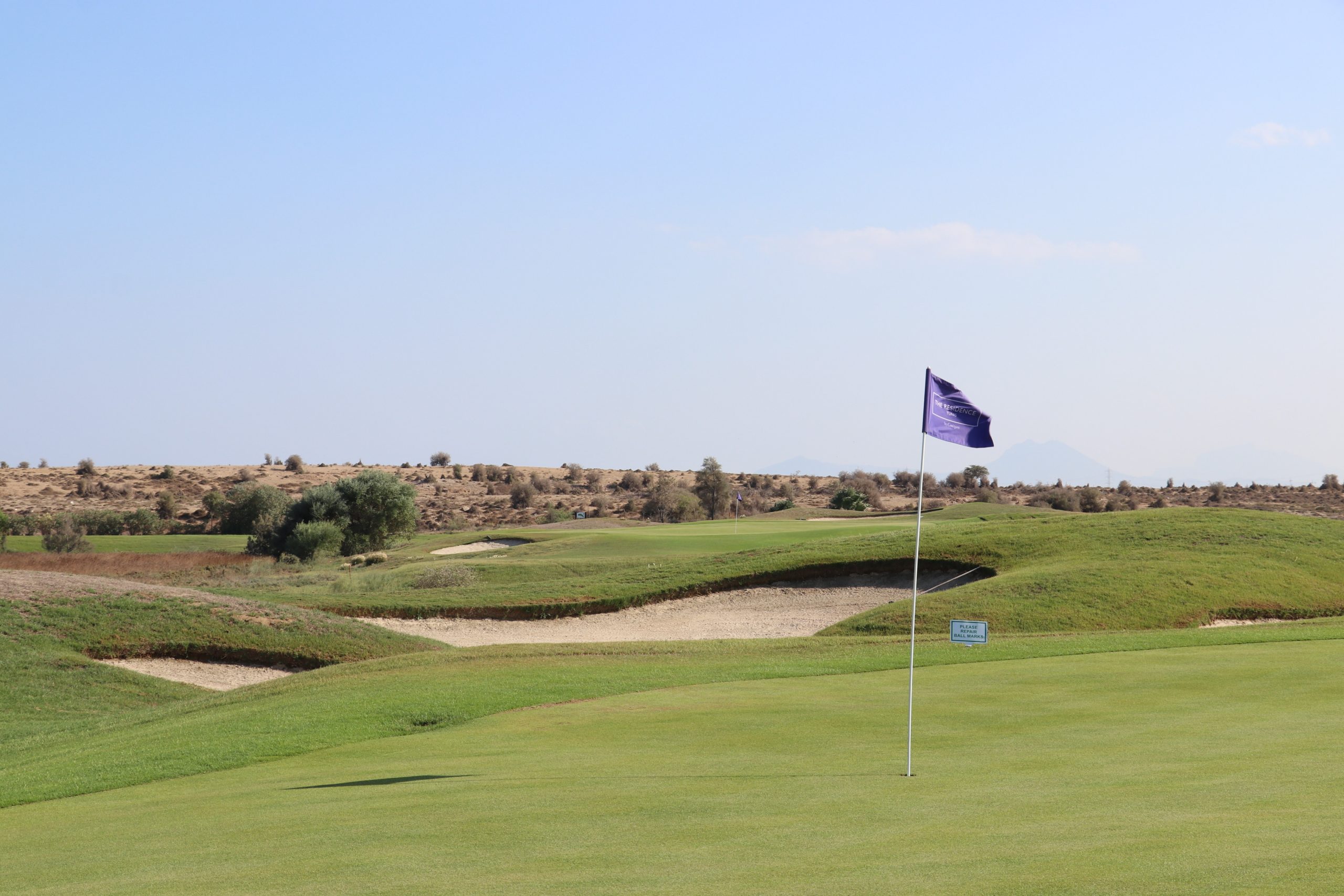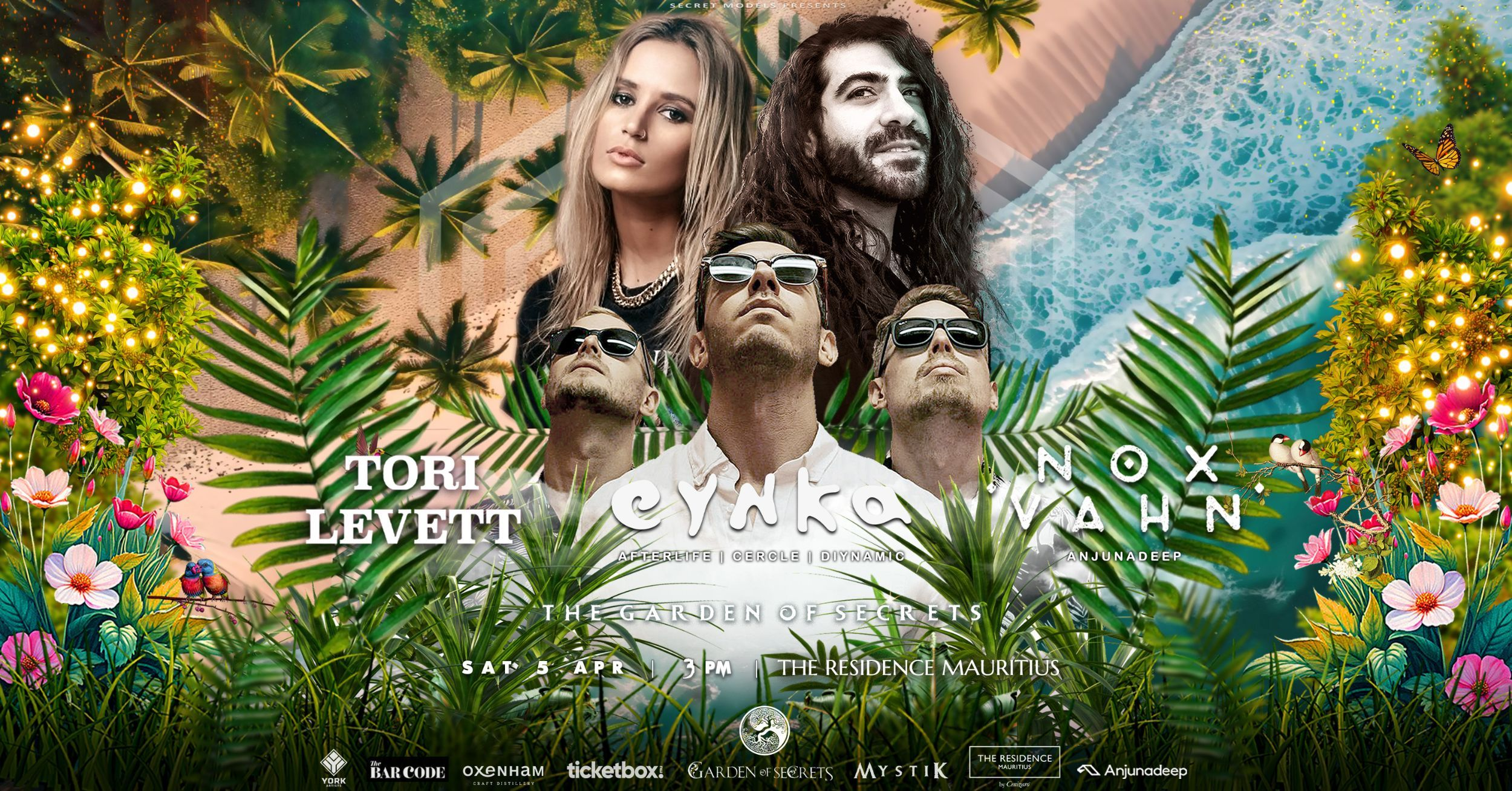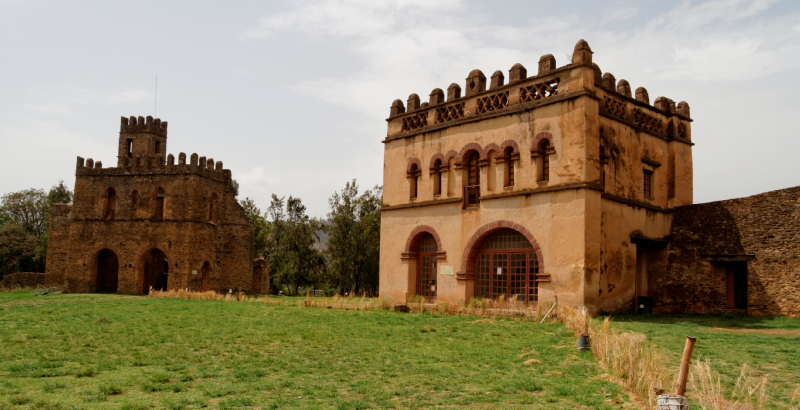Top 5:
- È la quarta isola più grande al mondo
Il Madagascar è grande. È la quarta isola più grande del pianeta (è più grande di Spagna, Tailandia, Svezia e Germania).
- È il paradiso per gli amanti della fauna selvaggia
Secondo la Conservation International, solo 17 paesi al mondo sono considerati “megadiversi”. Ciascuno possiede un vasto numero di specie animali diverse, molte delle quali non si trovano da nessun’altra parte. Il Madagascar è uno di questi . Tra gli animali che abitano l’isola più della metà delle specie di camaleonti del mondo e una dozzina di specie di lemuri vivono su quest’isola.
A differenza del film Madagascar, non si vedono tigri, giraffe e ippopotami.
- … e degli amanti del bird watching
Inserito in uno degli habitat più sorprendenti del mondo, la ghiandaia terricola a codalunga è unica e considerata dai birdwatcher tra le specie di uccelli più esclusive al mondo”. “La città costiera di Toliara, nel sud-ovest del Madagascar, è circondata da lagune, distese fangose, paludi d’acqua dolce e, soprattutto da radure della curiosa Didiereacea endemica del Madagascar. Questi enormi alberi simili a tentacolo di polpo spuntano dal terreno sabbioso, regalando al luogo una sensazione surreale.
- alcune delle sue creature animali sono semplicemente strane
C’è la giraffa weevil del Madagascar. Unica la rende l’incredibile collo lungo. Tra l’altro il collo dei maschi è 3 volte più lungo di quello delle femmine. Deve il suo nome a causa del collo che è lungo (sempre in proporzione dell’animale) come una giraffa. Questi simpatici coleotteri della famiglia delle Attelabdae, raggiungono i 25 mm e hanno un giunto sul collo, cioè un collo aggiuntivo. Questo è il risultato dell’adattamento dell’insetto, infatti lo usa molto per la costruzione del nido, caratteristica che solo i maschi fanno. Lo usano abilmente per creare dei rotoli con le foglie, dove poi la femmina porrà un singolo uovo.
Infine il ratto gigante del Madagascar, noto localmente come votsotsa o votsovotsa, ha lunghe orecchie simili a quelle dei conigli e delle grandi zampe posteriori. Sia i maschi che le femmine raggiungono le dimensioni solite di un coniglio pesando circa 1 – 1,5 chilogrammi per 30 – 35 centimetri di lunghezza con la coda di circa 20 – 25 centimetri.
Il ratto gigante del Madagascar risulta simile al coniglio anche per il suo comportamento, infatti salta anziché correre. Grazie alle potenti zampe posteriori, può saltare anche 90 centimetri, fatto per cui è stato anche nominato ratto gigante saltatore.
- Conserva siti riconosciuti dal patrimonio mondiale dell’umanità
La collina reale di Ambohimanga, un luogo di sepoltura antico di 500 anni, le foreste pluviali dell’Atsinanana, che ospitano molte rare specie di lemuri, e la Riserva naturale Tsingy de Bemaraha, a nord est della città di Morondava. Quest’ultima si raggiunge con un viaggio di circa 8 ore di pista, attraversando 2 fiumi a bordo di zattere. Difficile descrivere questo Parco sorprendente, unico nel suo genere e classificato dall’Unesco “Patrimonio dell’Umanità”. Immaginate un grande massiccio di origine carsica che si estende da sud a nord per circa 100 km, scolpito dal fenomeno dell’erosione in modo davvero singolare, frastagliato con guglie (in malgascio tsingy) alte centinaia di metri, appuntite e affilate, tra esse profondi canyon. Nonostante l’accesso al Parco non sia facile e costringa il viaggiatore a deviare dagli itinerari tradizionali volando su Morondava e percorrendo sia all’andata che al ritorno una lunga pista in parte dissestata, il Parco degli Tsingy de Bemeraha merita certamente di essere visto.






